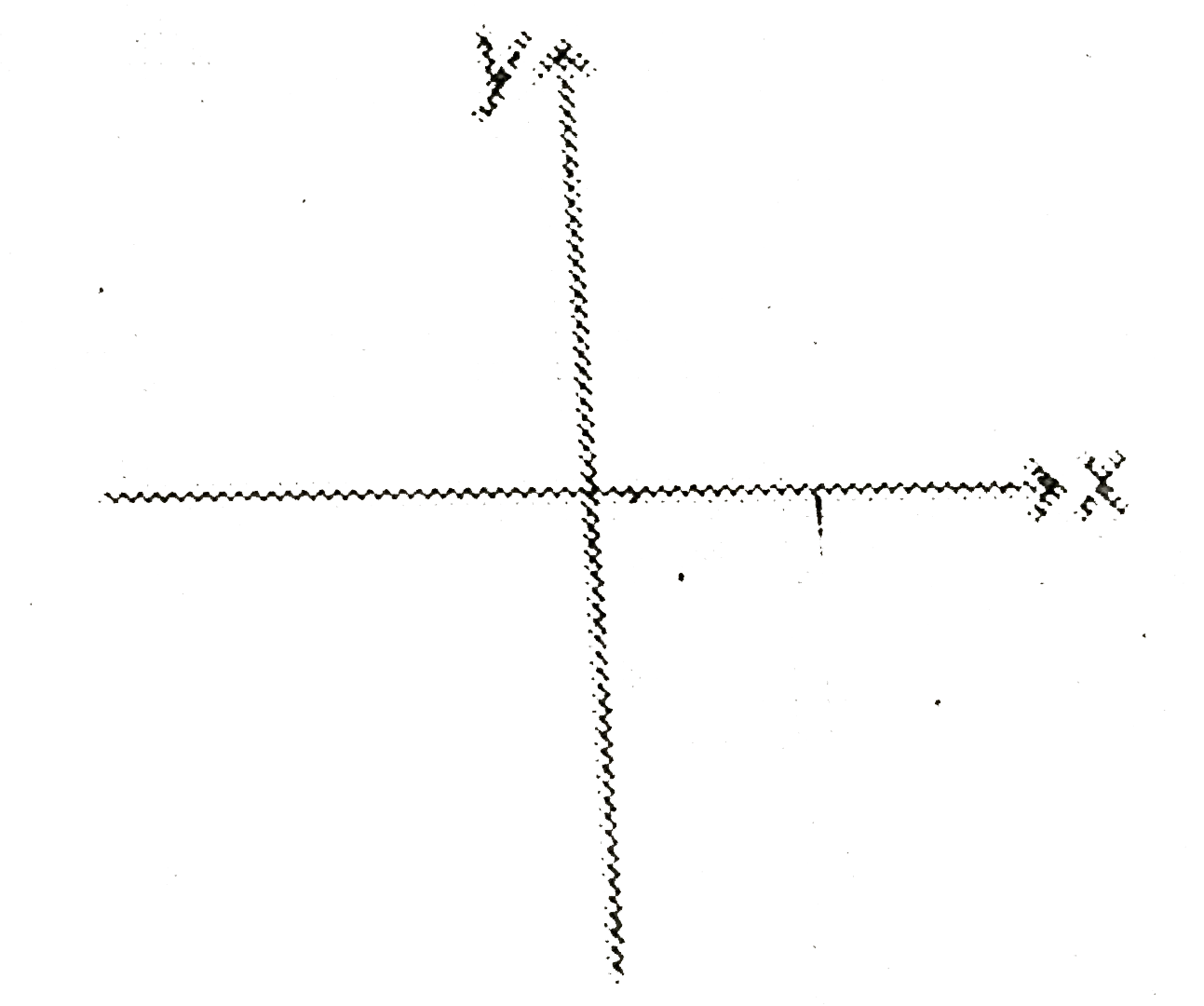x=x1+x2 (where x1=4cosωt and x2=3sinωt) is the equation of motion of a particle along x-axis. The phase different between x1 and x is
A
37∘
B
53∘
C
90∘
D
none of these
Video Solution
Text Solution
The correct Answer is:A
x=x0sin(ωt+ϕ)=x0sinωtcosϕ+x0cosωtsinϕ. Comparing with given equation thus x0cosϕ=3 and x0sinϕ=4
Dividing we get tanϕ=43 or ϕ=53∘
x1=4cosωt=4sin(ωt+90∘)
Δθ=90∘−53∘=37∘
|
Topper's Solved these Questions
- SOUND WAVESBook:RESONANCEChapter:SOUND WAVESExercise:Solved Examples
Explore 24 Videos
- SOUND WAVESBook:RESONANCEChapter:SOUND WAVESExercise:Board Level Exercise
Explore 33 Videos
- SIMPLE HARMONIC MOTIONBook:RESONANCEChapter:SIMPLE HARMONIC MOTIONExercise:Exercise
Explore 28 Videos
- STRING WAVESBook:RESONANCEChapter:STRING WAVESExercise:Exercise
Explore 32 Videos
Similar Questions
Knowledge Check
Two simple harmonic motions are given by x1=asinωt+acosωt and x2=asinωt+a√3 01. The ratio of the amplitudes of first and second motion and the phase difference between them are respectively
A√32 and π12B√32 and π12C2√3 and π12D√32 and π6The motion of a particle is given by x=Asinωt+Bcosωt. The motion of the particle is
Anot simple harmonicBsimple harmonic with amplitude A + BCsimple harmonic with amplitude (A+B)2Dsimple harmonic with amplitude √A2+B2The motion of a particle is given by x=Asinωt+Bosωt. The motion of the particle is
Anot simple harmonicBsimple harmonic with amplitude A+BCsimple harmonic with amplitude (A+B2)Dsimple harmonic with amplitude √A2+B2
x1=3sinωt,x2=4cos'ωt Find (i) amplitude of resultant SHM. (ii) equation of the resultant SHM.
View Solutionx1=3sinωt⇒x2=4cosωt. Find (i) amplitude of resultant SHm, (ii) equation of the resultant SHm.
View SolutionTwo SHM are represented by equations x1=4sin(ωt+37°) and x2=5cos(ωt). The phase difference between them is
View SolutionA xandy co-ordinates of a particle are x=Asin(ωt)andy=Asin(ωt+π/2). Then, the motion of the particle is

View SolutionEquation motion of a particle is given as x=Acos(ωt)2. Motion of the particle is
View Solution